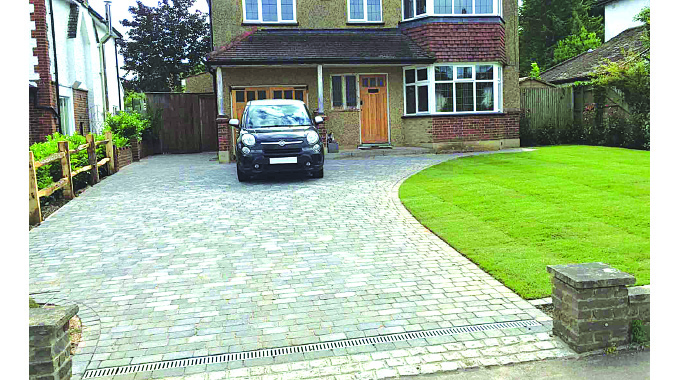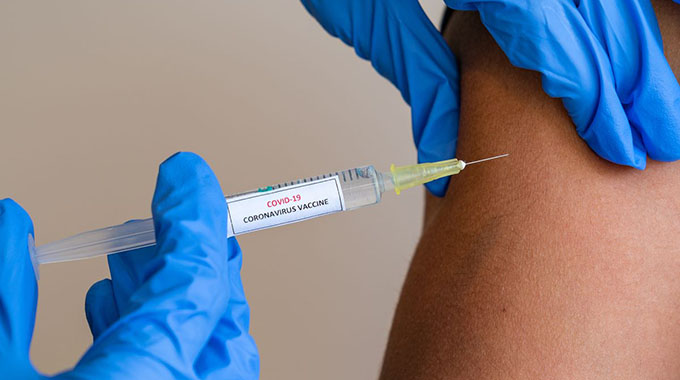How to take care of your driveway

A new decorative concrete driveway is a bit like a new car.
It looks great for the first year or two, but will eventually lose its luster if you don’t clean and maintain it on a regular basis.
Stains from hot tyre marks, oil leaks, mold and mildew, and chemicals are bound to happen.
But they don’t have to ruin your curb appeal if you know the best methods and cleaning materials to use to remove them.
How to clean a concrete driveway with a hose or pressure washer
Here’s what you’ll need for cleaning everyday dirt and grime from a concrete driveway:
To remove stubborn dirt and stains, a pressure washer is often more effective, but you need to know what you’re doing.
A power washer blasts water at anywhere from 1 500 to 3 300 psi, more than 50 times the force of a typical garden hose with a sprayer.
If you use a setting that is too high or range that is too close, you could actually etch the concrete.
Tip: If you only plan to use a pressure washer once or twice a year, renting one may be cheaper than buying one.
And you won’t need to worry about storing or maintaining it.
If you have never used a pressure washer, you may want to hire a professional who knows exactly how to clean concrete driveway surfaces without doing damage.
How to clean oil and grease stains from a concrete driveway
Small oil spills or spots can sometimes be removed with nothing more than a strong detergent and a scrub brush.
But a more effective method is to use a concrete cleaner or degreaser, a concentrated alkaline soap that will loosen up the oil to permit easier removal.
For fresh spills, cover the stain with cat litter, sawdust, baking soda, or another absorbent material before cleaning.
How to clean mold and mildew from a concrete driveway
If your driveway is in a heavily shaded spot, you may have issues with mould and mildew growth, especially if weather conditions are damp and humid. Scrub the area with a mould-killing detergent or a solution of bleach and water (about 1 cup bleach per gallon of water). If you’re worried about damage to nearby plant life, distilled white vinegar can also be effective.
How to clean mold off concrete.
Safety tips: Always wear gloves when scrubbing with bleach to protect your hands. And never mix bleach with other household cleaners because the chemical reaction could produce toxic fumes.
How to remove tyre marks from a driveway
When hot tyres from a car come in contact with certain types of concrete driveway sealers, the plasticizers from the tire may migrate into and discolour the sealer. To get rid of the marks, try cleaning the surface with a concrete degreaser and a stiff brush. If the discolouration has migrated into the sealer, you may need to apply a solvent or totally remove the sealer with a chemical stripper.
Tip: To reduce hot tire marking, use an acrylic or polyurethane concrete sealer with a high solids content. These sealers form dense films that limit or prevent plasticizer migration.
How to remove fertilizer stains from a concrete driveway
Lawn and plant fertilizers contain metals and minerals that can leave rust-like stains on a concrete driveway. These may even result in permanent colour change if they are allowed to penetrate. To bring out the stains, try applying distilled white vinegar diluted 50:50 with water. If the vinegar doesn’t work, you may need to use something stronger, such as muriatic acid diluted 40:1 with water.
Tip: Be aware that acidic cleaning solutions may etch or change the profile of the concrete in the areas you clean. Test them out in a small area first.
Cleaning leaf stains from a driveway
Stains on concrete driveways from leaves, grass, tree sap, and other organic materials can be tough to remove. They typically require special cleaners formulated for the removal of organic stains. These cleaners typically do not affect the concrete color or harm the surface because the enzymes only target organic material.
Follow these steps:
Use a hose or pressure washer to remove all leaf matter and debris.
Apply the organic detergent to the damp concrete and let it sit for 10 to 15 minutes.
Scrub vigorously with a stiff broom or scrub brush.
Rinse and repeat the process if necessary.
The sooner you remove leaves, oil and grease spills, and other contaminants from your concrete driveway, the easier it will be to remove any stains they leave behind. Concrete is porous and can absorb stains, especially if it hasn’t been sealed. This will make them much harder to remove. – Concretenetwork.com.







Comments